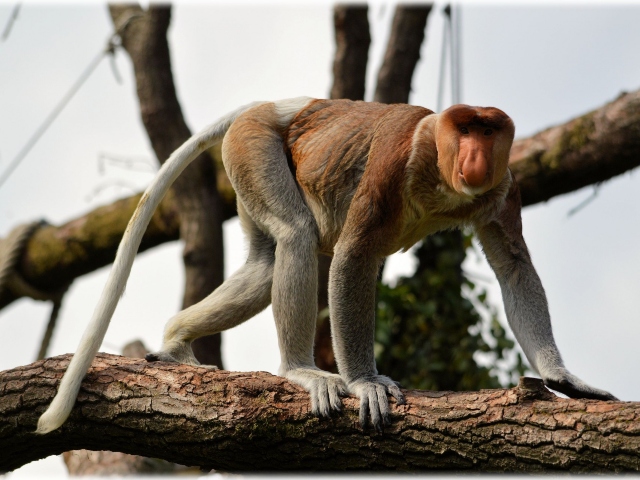[imagesource:needpix]
For years, scientists have wondered why our species doesn’t have a tail similar to our monkey relatives.
Researchers now believe they have finally uncovered the genetic mechanism responsible for our tailless status and that of our ape ancestors, and it appears to be connected to a mutation in a critical gene.
About half a billion years ago most of the vertebrates on earth had tails, but migration from trees to a more land-based environment is believed to have hastened our tail loss.
The researchers studied the DNA of two types of primates: monkeys (which have tails) and hominoids (humans and apes), who do not. They discovered a mutation in a gene called TBXT that was prevalent in humans and apes but not monkeys.
To investigate the impact of this mutation, the researchers genetically engineered laboratory mice to carry the characteristic. These mice were left with either a short tail or none at all.
“For the first time, we propose a plausible scenario for the genetic mechanism that led to the loss of the tail in our ancestors. It’s surprising that such a big anatomical change can be caused by such a small genetic change,” said New York University Langone Health geneticist and systems biologist Itai Yanai, who helped lead the study published in the journal Nature.
The absence of a tail may have improved body balance for orthograde – upright – locomotion and, eventually, bipedalism, according to the study’s principal author, geneticist and systems biologist Bo Xia of Harvard University and the Broad Institute.
The mutation that led to the tail loss, according to the researchers, occurred roughly 25 million years ago, when the first apes evolved from monkey ancestors.
Our species, Homo sapiens, appeared roughly 300,000 years ago. Hominoids today include humans, the “great apes” – chimpanzees, bonobos, gorillas, orangutans – and the “lesser apes” – gibbons. The earliest-known hominoid, called Proconsul, was tailless.
Humans, however, still have a trace of our old tails left. A bone at the base of the spinal column called the coccyx, or tailbone (stuitjie), is formed from remnants of tail vertebrae.
“A tail may be advantageous when you live in trees. As soon as you transition to land, though, it may be more of a liability.”
Losing our tails did however come with a few genetic issues, like the prevalence of birth defects in spines called neural tube defects – similar to spina bifida in people.
[source:independent]





